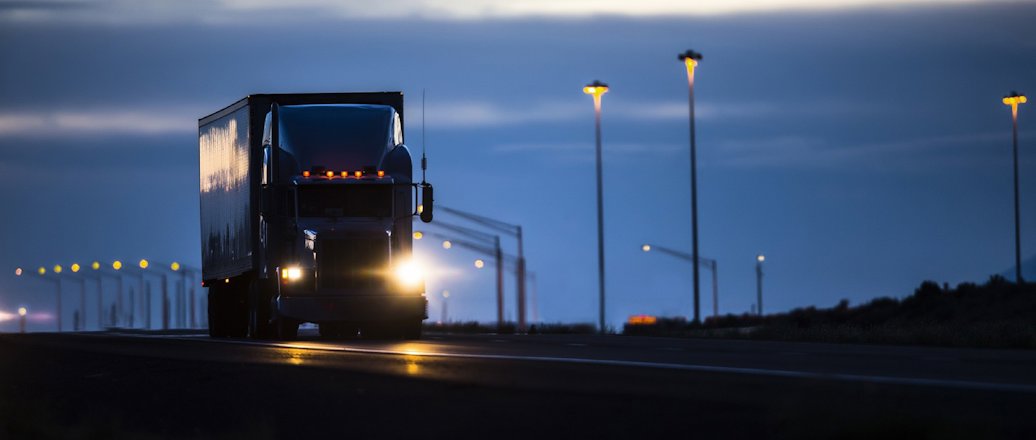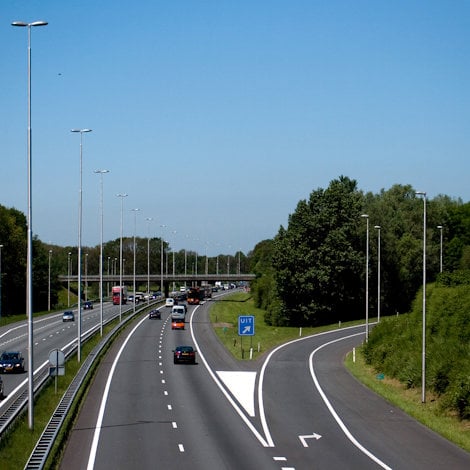New EN 12767 regulations for road safety impact your choice of poles
The adjustment in the European Standard EN 12767 requires you to change the notation of the required performance class for your highway safety equipment, such as aluminium light poles and signposts. Let me guide you through the changes.
The adjustments in EN 12767 are going to impact the notation of the performance class of passively safe light poles, because the revisions are related solely to passive safe classifications. Passive safe classification in the previous standard comprised a combination of impact speed, energy absorption category and occupant safety level.
The passive safe classifications in the revised standard, in addition to those three, will include codes for:
- Backfill type of foundation for the poles
- Collapse mode of the poles
- Direction class – the angle at which a crash-friendly pole can be hit
- Risk of roof indentation of the car
These properties were described in additional text to the existing specification.
By the way, all European countries have a voice in the WG 10, the working group that deals with the working document EN 12767 – the standard for crash safety. This is referred to in the standard for lighting columns (EN 40) and supports (EN 12899). I participate in the WG 10.
Adjustment in occupant safety level
Before I walk you through the new areas (codes), let me remind you that the revised standard also includes an adjustment to occupant safety level, where the passive safety classes for occupants will change from a rating system using numbers (1-to-4) to one that uses letters (A-to-E).
Before, the boundary values for occupant safety (Acceleration Severity Index-ASI and Theoretical Head Impact Velocity-THIV limits) for NE2 and HE3 were the same, even though the numbers did not match. This was confusing.
Consequently, the revision clarifies the distinctions in occupant safety levels. In the new approach, the passive safety class for the occupants is disconnected from the energy absorption level. NE2 becomes NE-C and HE3 becomes HE-C. The best occupant safety level is A. Level A is only achievable for such items as deformable bollards and not lighting columns, sign posts or signal poles.

Backfill type of foundation
This new performance class adds the types S (soil), R (rigid) and X (other).
Foundation type has a great influence on the performance of a pole and it must correspond with the practical situation in which the pole is placed.
While the S and R types are defined within the standard, type X is not, because X can differ per manufacturer and will therefore never be the same. It is not comparable.
Collapse mode
The revised standard includes two collapse modes: SE (separation) and NS (no separation).
Collapse mode has been added to indicate how the pole behaves in the event of a collision. In some cases, breakage of the pole is necessary to achieve the correct passive safety class. In other situations, flying objects are not acceptable. The right choice depends on the local situation.
Directional sensitivity
Directional sensitivity has been introduced to indicate the angle at which a crash-friendly pole can be hit. The new standard describes three options: SD (single directional), BD (bi-directional) and MD (multi-directional).
SD poles can only be safely hit from one direction of 200. BD poles also perform for traffic coming from the opposite direction (200 and 1600). MD poles are not sensitive to impact angle and can be hit from all driving directions.
As such, the MD classification is the safest choice. Of course, this is not always available. Direction dependency is caused mainly by systems within the aluminium pole, such as shear-off systems.
Risk of roof indentation
A collision with a pole can result in the formation of a dent in the roof of the vehicle, with risks for the occupant(s).
The new standard divides dent sensitivity into class 0 (not sensitive to dents) and class 1 (sensitive to dents). The limit is set to 102 mm (4 inches), in accordance with the American standard for passive safety, in which dents above four inches are not even accepted/classified.
The safest class is obviously class 0, but in combination with other crash-proof properties, this is not always feasible. Normally, the higher the energy absorption of the pole, the more the risk of roof indentation.
Not all need specification
You do not have to fill in all performance properties at all times. This depends on the applicant, because in some cases the properties in a category may have no interest or impact on a project.
Example: If specifiers are satisfied with backfill of either S, R or X, they can put “NR” for that property. Here are two other examples, comparing today’s standard with the one forthcoming:
- Currently 100HE3 = New 100-HE-C-NR (the NR means that all added properties can be anything)
- Currently 100NE3 = New 100-NE-B-S-NR-MD-0 (the NR means here that the collapse mode is allowed to be anything)
Other consequences with revised standard EN 12767
Do all crash tests have to be performed again? No. The data that is needed to be able to divide an aluminium pole into the new passive safe classes are usually available, unless the crash test is very dated.








